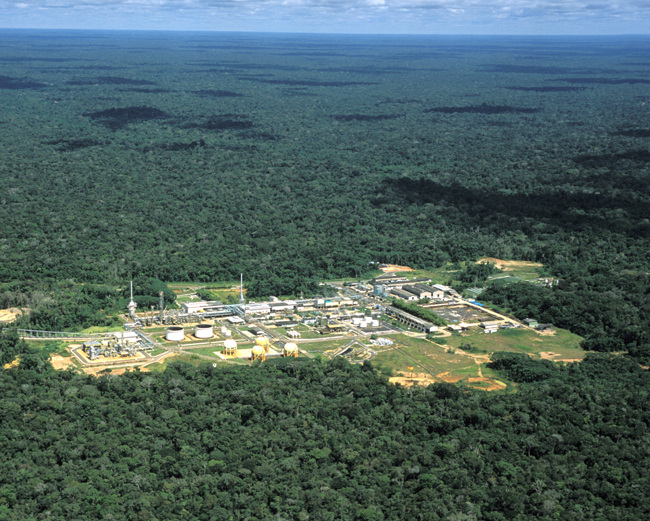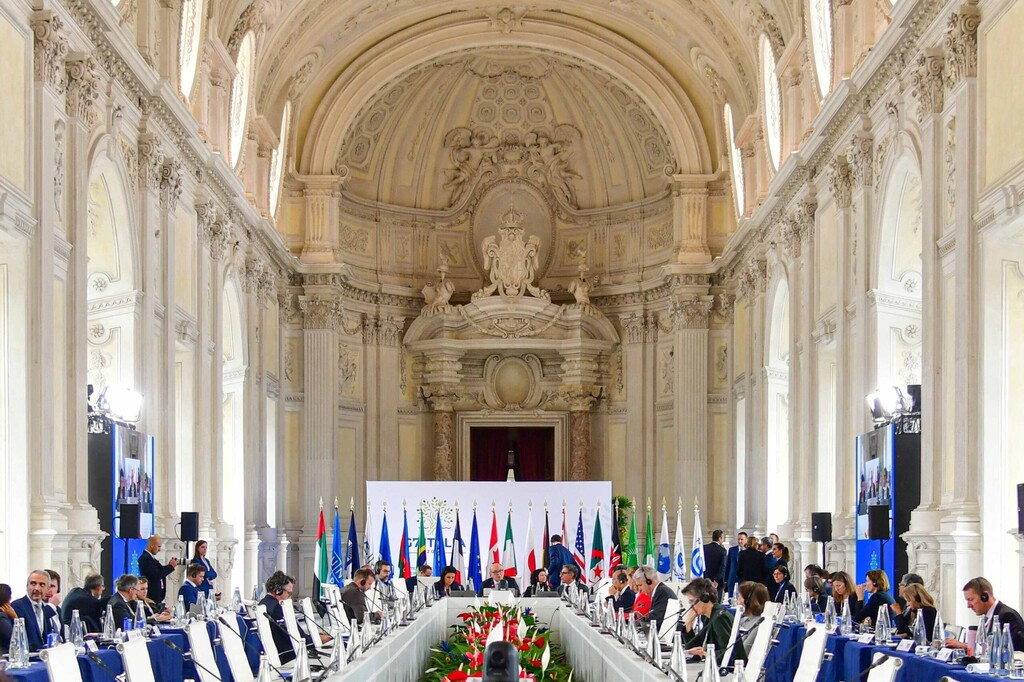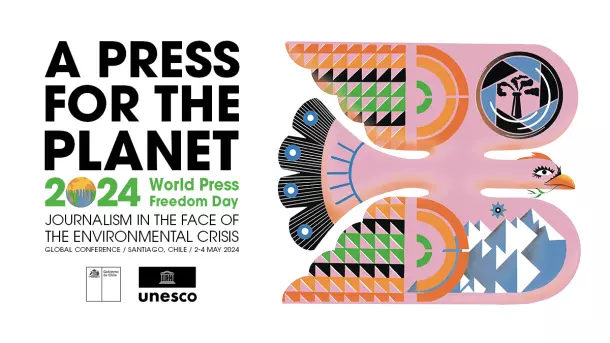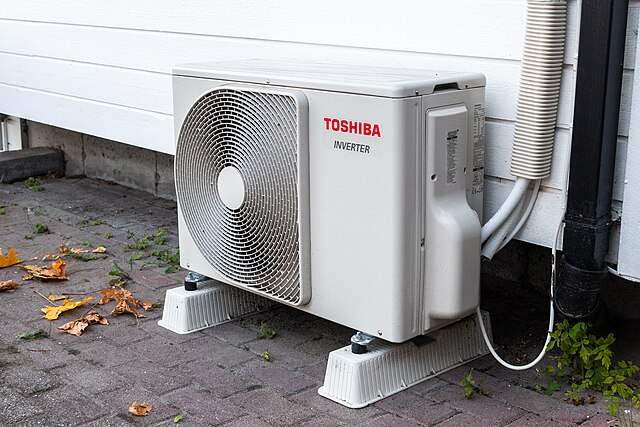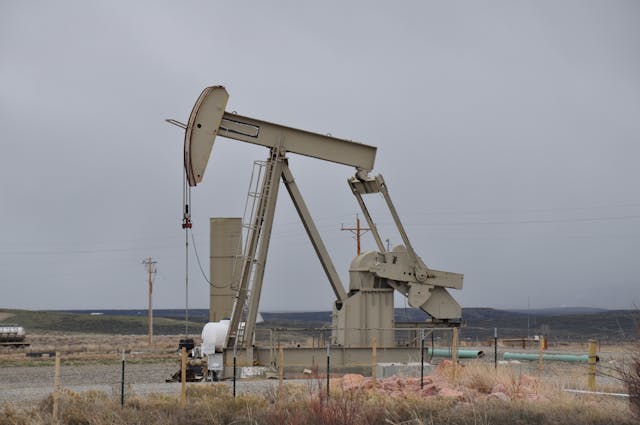Petrobras obtained this week four licenses that allow it to exploit 20 new wells in Urucu, a gigantic oil and gas field located in one of the most isolated and preserved regions of the Amazon, said an official from the Brazilian state company.
Francisco Queiroz, the production manager for onshore fields and shallow waters, stated that they planned to drill at least 29 new wells in Urucu over the next five years, and he mentioned that they already had authorization for the first 20.
These new wells are in addition to another 80 that are already in production in Urucu, an oil hub made up of a set of small steel and concrete islands spread over an area of 332 square kilometers of jungle.
Meanwhile, on Tuesday, Petrobas announced that it has reduced its absolute operational greenhouse gas emissions by 41 percent between 2015 and 2023.
According to a company statement, absolute GEE emissions in 2023 were 46 million tons, down from 48 million in 2022.
Similarly, it reported a reduction of about 68 percent in absolute methane emissions in the “upstream” sector (exploration, discovery, and production), going from 150,000 tons in 2015 to 48,000 last year.
Petrobras, which has been operating in Urucu for 35 years, extracts 15 million cubic meters of natural gas per day and 10,000 barrels daily of light oil.
Similar Post
The company plans investments of 3.5 billion reais (about 686 million dollars) between 2024 and 2029 in this operation.
Queiroz explained that, although the company has already managed to renew its seven concessions in Urucu with the National Petroleum Agency (ANP) until 2042, it has to negotiate every five years the licenses granted by the Amazonas government.
However, exceptionally, the government granted ten-year licenses this time after Petrobras committed to increasing direct jobs at the oil hub by 20%, from the current 3,200 to about 3,800.
The extension of time is essential for Petrobras because, as there are no roads in the middle of the jungle, the company has to make up to 500 helicopter trips in a three-month period to transport a drilling rig.
Queiroz stated that despite being Brazil’s largest terrestrial gas field, only 2% of the 332 square kilometers of jungle has been necessary to cut down.
In the area of oil exploration and production, Petrobras indicated that the emissions intensity per barrel produced fell by more than half since 2009, standing at 14.2 kilograms of carbon dioxide (CO2), while the global average is around 18 kilograms.
According to Maurício Tolmasquim, Petrobras’ Director of Energy Transition and Sustainability, to reduce its carbon footprint, the company is diversifying its portfolio of products that emit less GreenHouse Gas Emissions.
